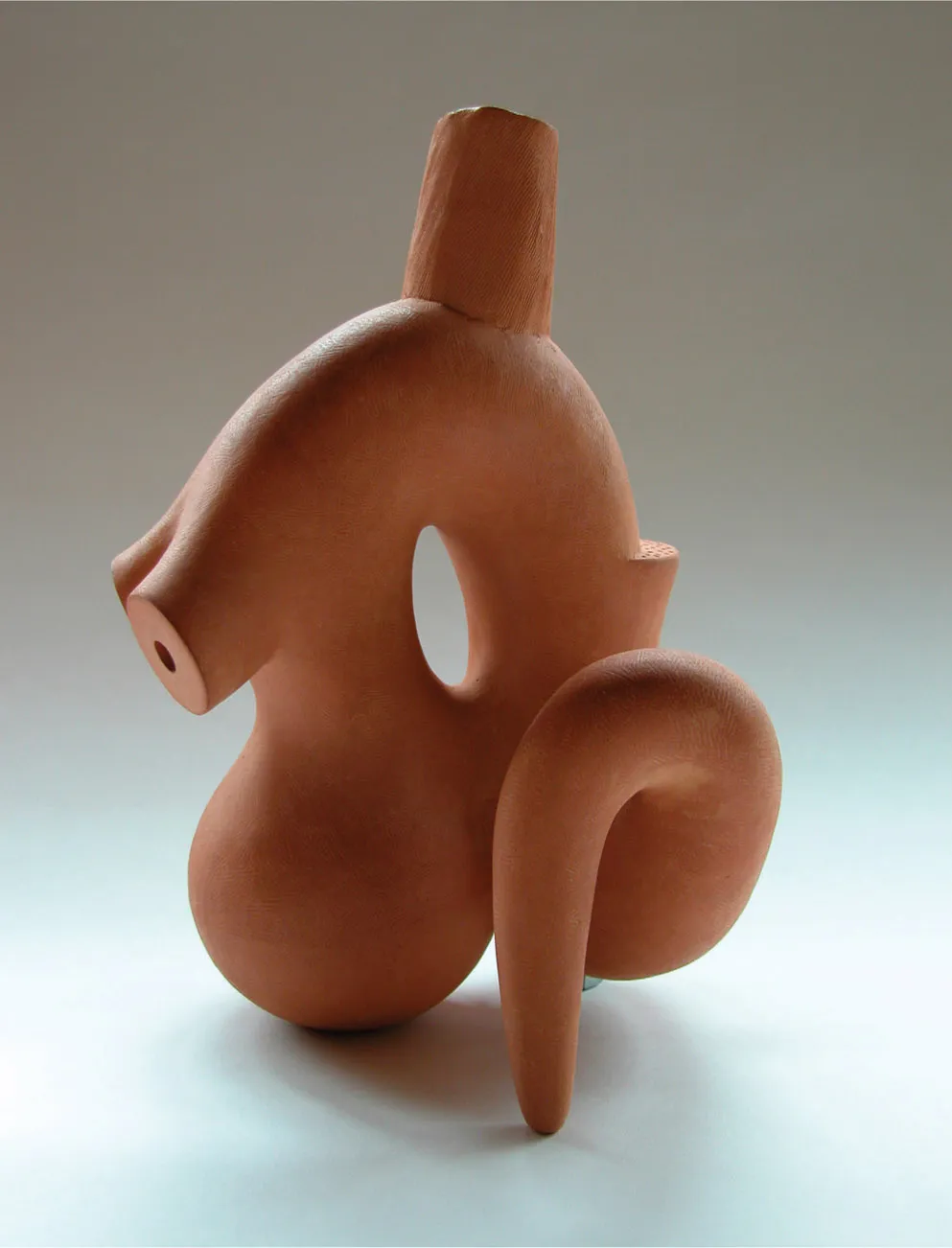
The Ceramics Bible Revised Edition
The Complete Guide to Materials and Techniques
Louisa Taylor
- 288 páginas
- English
- ePUB (apto para móviles)
- Disponible en iOS y Android
The Ceramics Bible Revised Edition
The Complete Guide to Materials and Techniques
Louisa Taylor
Información del libro
Building on the success of the original volume, this revised edition of The Ceramics Bible features new techniques, terms, images, and artist profiles—as well as the tried-and-true step-by-step instruction and comprehensiveness that students, instructors, artists, and collectors have all come to appreciate. Since its debut in September 2011, The Ceramics Bible has been the go-to guide for anyone interested in this flourishing art form. The revised edition updates a quarter of the original content, while keeping the visually rich format and straightforward instruction that make the book such a valuable tool for makers and artists. Featuring a diverse array of contemporary artists, and a comprehensive guide to the best ceramics galleries, suppliers, residencies, workshops, and studios all over the world, this volume will teach you everything you want to know about making ceramics.AN EVERGREEN ART FORM: Ceramics and pottery never go out of style—in fact, these art forms continue to grow in popularity year after year. Whether you're a seasoned ceramicist searching for a reliable reference volume, or a new artist working your way through beginner techniques, this book is one you'll return to again and again.NEW AND IMPROVED: From social media marketing to 3D clay printing, the topics covered in this updated edition captures the technological and social changes that have shaped the practices and products of working ceramics artists.MORE THAN A HANDBOOK: With a plethora of gorgeous full-color photographs—including profiles of contemporary ceramics artists and examples of their work— The Ceramics Bible is both beautiful to behold and easy to use. This book will be equally at home on a living room coffee table as it is in the workshop.Perfect for: • Art and design students
• Makers, craftspeople, ceramics artist, and pottery enthusiasts
• Art instructors, educators, and collectors
Preguntas frecuentes
Información
SECTION 1 Materials and tools

Types of clay
Low-fired clay
Terra-cotta
Earthenware

H: 11in (28cm), W: 8in (20cm),
D: 6in (15cm)
Handbuilt, terra-cotta

H: 3½in (9cm), Dia: 4¾in (12cm)
Thrown and handbuilt, iron slip decoration and Shino glaze over the slip; wood-fired to 2336°F (1280°C/cone 9)

H: 8½in (22cm)
White earthenware and body stains; reversed monoprinting; handbuilt

Stoneware
Porcelain

H: approx. 6–8in (15–20cm)
Slip-cast porcelain, porcelain paper clay, cut with scissors and as...